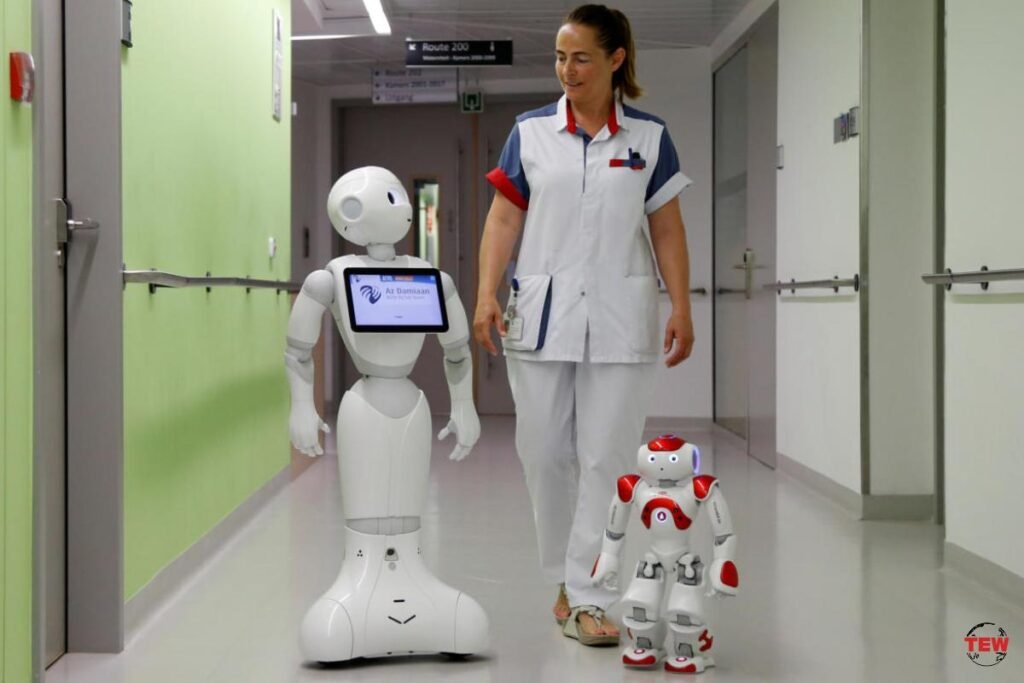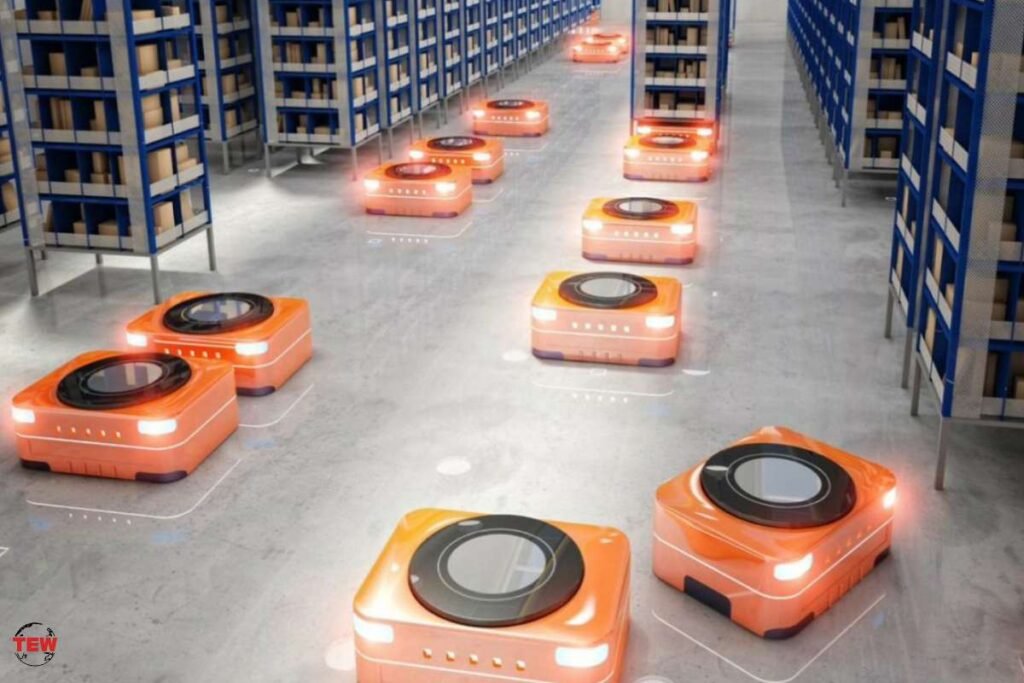The pace of technological innovation has increased significantly. New technologies emerge every day with the aim of making people’s lives easier.
Here are the recent innovations of how robots are redefining Health Care
1. Nursing Robots
As of 2021, the United States is short thousands of nurses in every state, with the shortfall expected to worsen over the following decade. Even while nurses work exceptionally hard, there are just not enough nurses to satisfy the requirements of every single patient. Nursing robots are assisting understaffed teams. Are you interested in working with robots as part of your team? Attend a nursing program online to make it a reality!
Every day, nurses must conduct several fundamental duties, such as collecting blood and monitoring vital signs. These are critical jobs, but the sheer amount of them is both physically and emotionally taxing for nurses. Several of these typical duties may now be performed by medical robots.

A venipuncture robot, for example, may generate a 3D picture of a patient’s arm to show a nurse precisely where their vein is, making blood collection considerably quicker and faster. This also enhances the patient experience, since many individuals find needles unpleasant and even terrifying.
2. Excellent Patient Care
Surgical procedures that are less intrusive, individualized and regular monitoring for patients who have chronic diseases, intelligent medication, and social engagement for the elderly may all be possible with the assistance of medical robots. In addition, since robots lower the burdens of nurses and other caregivers, they may be able to offer patients with a higher level of empathy and human interaction, which is beneficial to patients’ long-term health.

3. Mobile Autonomous Robots
Healthcare businesses often depend on AMRs to help with important requirements like as disinfection, telepresence, and pharmaceutical and medical supply delivery, establishing safe settings while freeing up employees to spend more time with patients. AMRs may self-navigate to patients in exam or hospital rooms when equipped with light detection and ranging (LiDAR) devices, visual compute, or mapping capabilities, enabling doctors to communicate from a distance. If an AMR is remotely controlled by a physician or other professional, it may follow doctors on hospital rounds, enabling an expert to assist through an on-screen consultation about patient diagnosis and treatment.
Before a patient is checked in, certain robots may aid experts. In Mexico, for example, an autonomous robot built by the start-up Roomie is assisting hospital personnel with high-risk COVID-19 patients. When patients arrive at the hospital, RoomieBot triages them by collecting their temperature, blood oxygen level, and medical history.
RoomieBot makes use of Intel-based technologies, such as AI algorithms running on the Intel® MovidiusTM Vision Processing Unit (VPU), 8th Gen Intel® NUCs, and Intel® RealSenseTM cameras. Service robots and social robots are two further categories of AMRs utilized in healthcare.

4. Exoskeletons
Even though it’s not the first thing that comes to mind when you hear the word “robot,” these devices are having a significant impact on the way in which people get well. This is especially relevant for those who are recovering from injuries that need substantial physical therapy in order to get well. Exoskeletons powered by robotics serve the purpose of retraining the body to move in the proper manner by functioning as an external skeleton and set of muscles.
It’s possible that persons who are paralyzed may benefit from wearing one of these exoskeletons. A medical robot of this kind may not only help patients in a physical sense, but it also has the potential to alter the patients’ emotional life. It has been shown that going outside and being active is incredibly beneficial to the healing process. As a consequence, patients experience less stress and have faster recovery rates.
5. Safe Work Environment
AMRs are used to transfer supplies and linens in hospitals when there is a risk of disease exposure. This is done to assist keep medical staff safe from being exposed to illness. Cleaning and disinfection robots have the potential to reduce the number of hospital acquired infections (HAIs) while simultaneously minimizing pathogen exposure, and hundreds of healthcare institutions are now using them1. AMR social robots may also aid with heavy lifting, such as when changing beds or patients, hence minimizing the amount of physical strain placed on medical staff.
6. Robotic Companions
Emotional support is an essential component of the healing process. Robots have been proven to be unexpectedly adept in providing patients with emotional support. Sometimes all it takes is having someone to speak to or sit with. A fantastic example of a robotic companion at work is “Stevie,” a robot made by Trinity College Dublin researchers.
Stevie was tested in 2019 at an eldercare facility that had 300 people at the time. Residents may converse with the robot and even play games with it. The residents actually liked spending time with Stevie, even asking him to a karaoke night, according to the study team.




